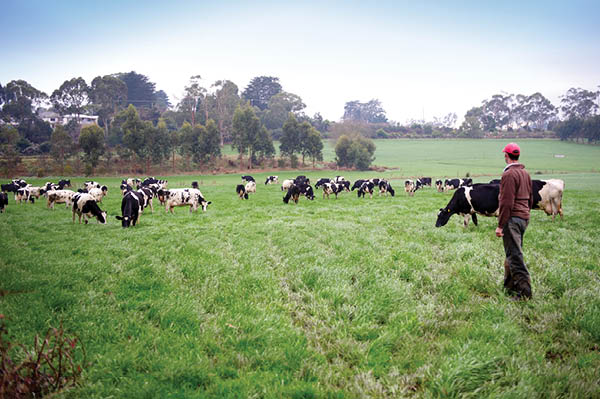
30 Ways Australian dairy is tackling climate change
The Australian dairy industry’s promise
Australian dairy is committed to climate action.
As part of our response, we'll mitigate our own greenhouse gas emissions and reduce water intensity in manufacturing and on farms. We'll protect our land and increase biodiversity of plants and animals. And we’ll reduce waste across the supply chain.
Read about 30 ways Australian dairy is meeting the challenge of climate change in our latest report '30 Ways Australian Dairy is Tackling Climate Change’.
Explore some of the case studies below.
-
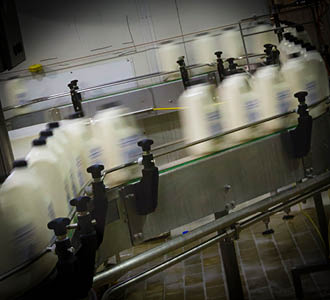
Waste not want not
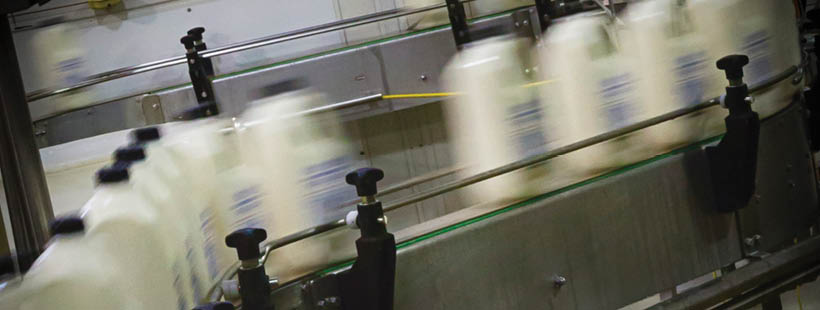
Waste not want not
The C4MILK initiative, supported by the QLD State Government and Dairy Australia, is encouraging farmers to explore alternative foraging options for cattle, which helps reduce farmers’ upfront costs and the amount of food and by-product going to waste, minimising environmental impact.
This initiative re-purposes by-product destined for waste and sees dairy cows across Queensland devouring the likes of brewers grain from local distilleries, bread and even chocolate and discarded hot chips
-
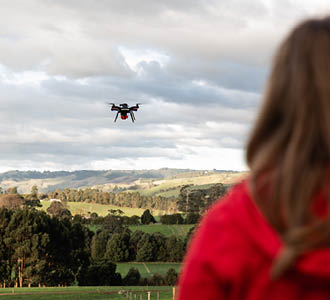
Ellinbank SmartFarm targets carbon neutrality
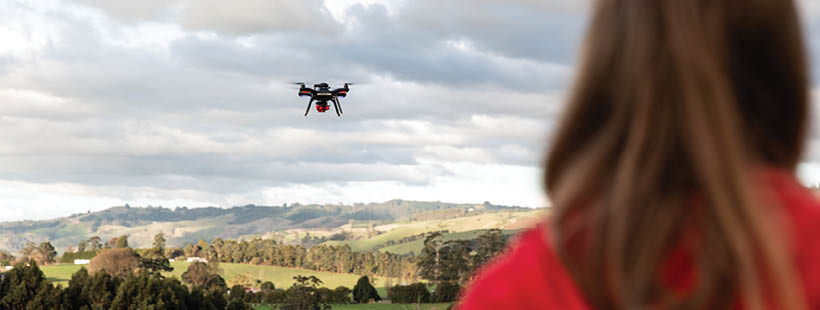
Ellinbank SmartFarm targets carbon neutrality
Funded through the government's $5 million 'Smarter, Safer Farms' initiative, the 231-hectare, 500-cow Ellinbank research facility in Gippsland, Victoria, is fast tracking innovative technologies to optimise productivity, welfare and environmental outcomes on-farm.
The SmartFarm is also working towards becoming carbon neutral by 2026 by reducing methane emissions, improving fertiliser and manure management, and generating electricity through solar, wind, hydro and bio-digestion, demonstrating research findings in a way that is accessible and applicable to the dairy industry.
-
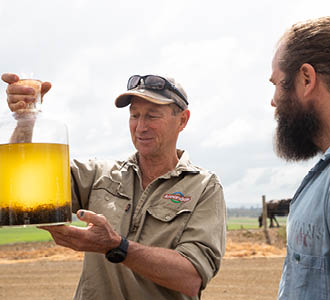
Sea what we’re doing here
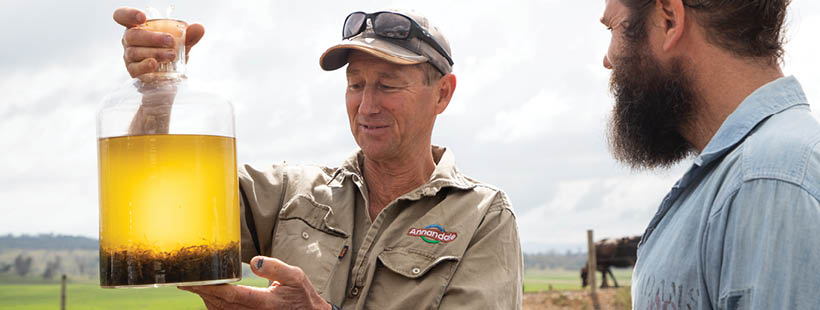
Sea what we’re doing here
In a bid to reduce enteric methane emissions, FutureFeed, Sea Forest and dairy company Fonterra are trialling the use of seaweed in stockfeed on commercial dairy farms.
The cows are being fed Asparagopsis, a native red macroalgae that has been shown to reduce methane emissions from beef cattle by up to 80%. Overseas trials have shown similar valuable results in dairy cattle, but more research is needed if it is to be considered safe and effective at scale.
-
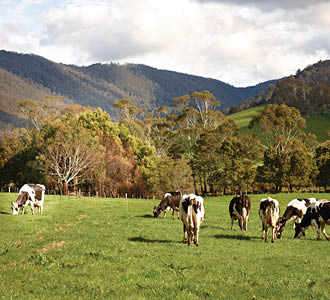
Seeing the wood and the trees
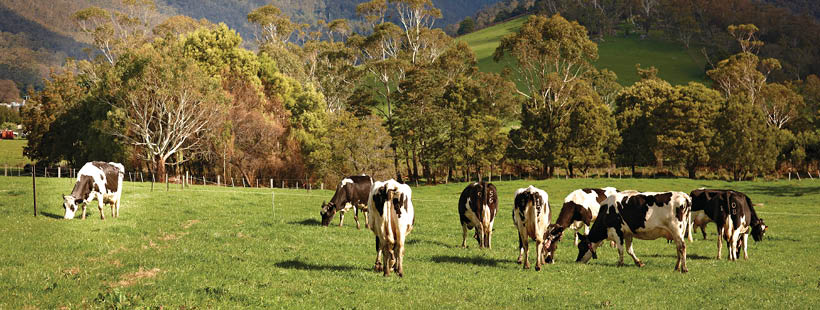
Seeing the wood and the trees
The Australian dairy industry is committed to achieving zero net deforestation by 2030 as a key target under the Australian Dairy Sustainability Framework and critical to reducing greenhouse gas emissions (GHGs).
The clearing or removal of trees leads to loss of plant and animal species due to loss of habitat; greater amounts of GHGs in the atmosphere and less carbon absorption by trees; and poorer atmospheric water cycle regulation affecting soil and crops.
Ideally no land should be converted from forest to agricultural land. If some forest has to be removed, the loss should be offset. Dairy farmers are ensuring native vegetation or shelter belts are included on their farms and are working to end deforestation.
-
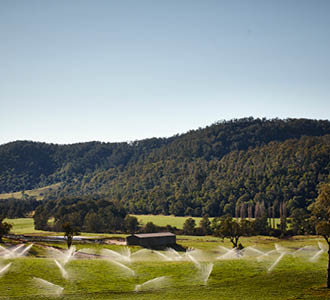
Effective irrigation to reduce emissions
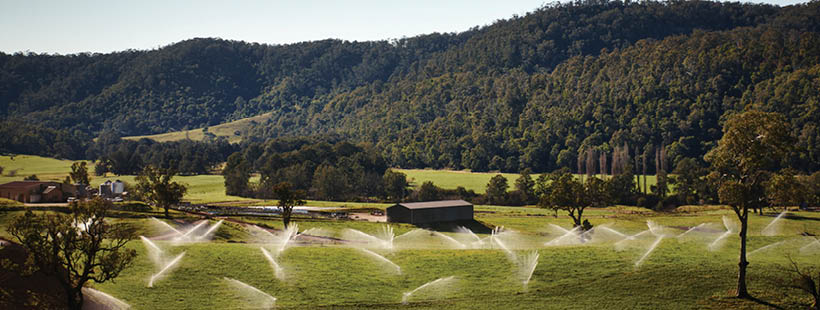
Effective irrigation to reduce emissions
Nitrogen (N) is critical for pasture growth and many farmers rely on synthetic N fertilisers to get additional nutrients to the soil, but these fertilisers can cause nitrous oxide emissions (a powerful greenhouse gas).
Irrigation and rainfall events can lead to the emission of nitrous oxide on-farm, with preliminary research suggesting that the timing and amount of irrigation water can help reduce emissions.
A research project being delivered under the ‘More Profit from Nitrogen’ project, part funded by Dairy Australia, is researching ways that nitrogen use efficiency could be optimised through efficient irrigation practices. Aiming to develop best management practice guidelines around emission reduction strategies, these farming practices seek to deliver economic and environmental benefits.
-
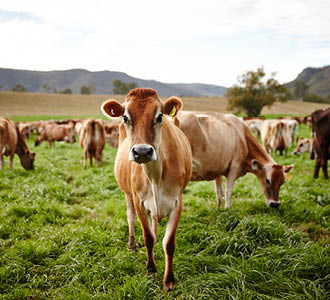
It is in the genes
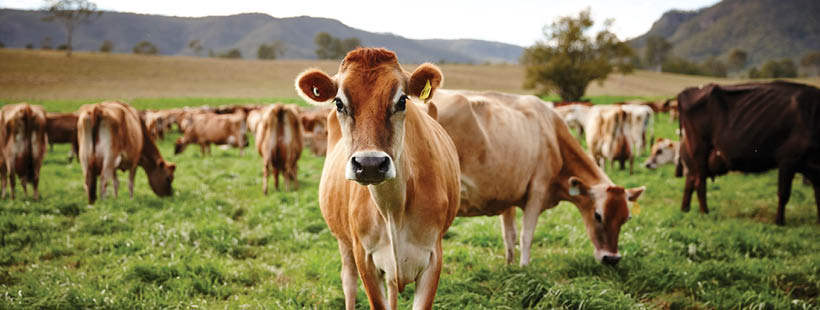
It is in the genes
DairyBio, the dairy industry's leading research innovation program and joint venture between Dairy Australia, Agriculture Victoria and the Gardiner Foundation, is looking at genetic improvement for traits associated with cow health, fertility, efficiency and longevity which lead to improved sustainability and animal welfare outcomes.
Research that addresses genetic improvements helps reduce the number of cows being replaced in herds, as well as the total amount of methane produced by all animals on farm.
-
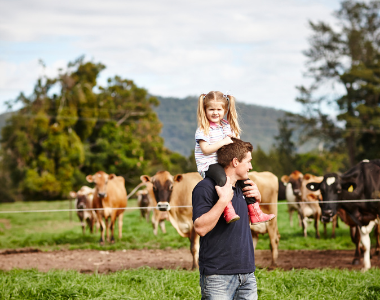 Article
ArticleSustainability
The Australian dairy industry is moving rapidly towards a more sustainable future, to transition towards a reimagined food system that is better for farmers, the dairy industry, consumers and the planet.
Read more -
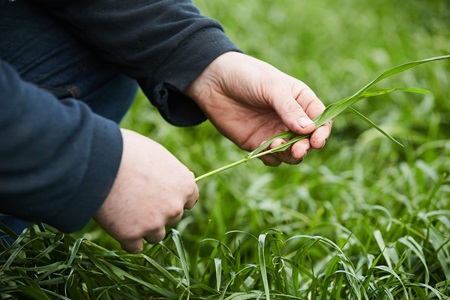 Article
ArticleAustralian Dairy Sustainability Framework
Australian dairy is serious about being sustainable. Learn about our internationally recognised Sustainability Framework and our commitments to our people, animals, the community and planet.
Read more -
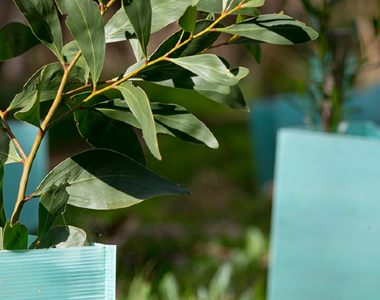 Article
ArticleReducing environmental impact
Dairy farmers are environmental caretakers and are committed to managing land and water responsibly, reducing greenhouse gases and protecting Australia’s natural resources for future generations.
Read more